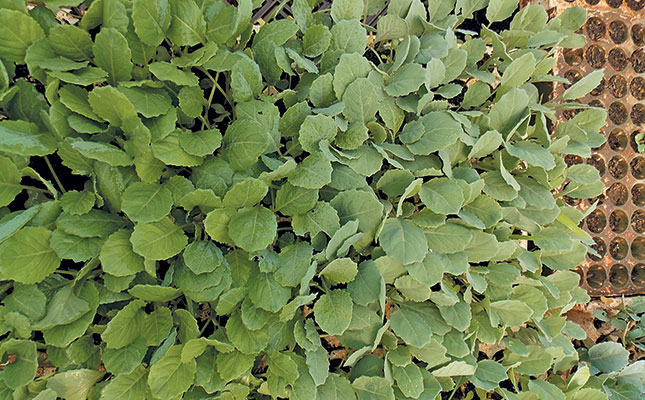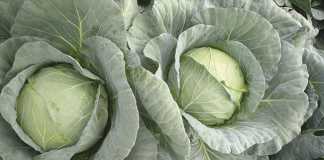
Buffer
The first step is to check the pH of the water. This will vary according to the mineral content and affect the potency of the active ingredient, as well as the duration of its efficacy. Most products are more effective at a lower pH.
Check the label for the optimal water pH. Then correct the pH of the water you will be using by applying the buffer. This lowers the pH. Some buffers change the colour of the water so that you can tell when you reach the desired level.
Types of adjuvant
Wetter: Ensure that the mixture will properly wet the leaves to be sprayed. Waxy leaves will cause the water droplets to roll off. Where this is the case, use a wetting agent. This breaks down the surface tension of the droplets, causing them to spread out across the leaves and provide good coverage.
Sticker: While some products contain both wetter and sticker, they are not the same thing and I prefer to apply them separately as required.
A sticker is used when a product needs to remain on the leaf to protect the plant. It ensures that the product is not easily washed off by irrigation or light rain.
An easily wetted leaf may need a sticker only if the product is required to remain on the leaf for as long as possible. If the product is systemic, you may need only a wetter.
In short, consider both the ease of wetting of the crop and whether you will require a sticker as well. Getting it right will save money and boost yield.
Penetrant: The efficacy of some systemic herbicides and insecticides is enhanced by adding a penetrant to improve the uptake of the product into the leaf. Your crop chemical adviser can help with this.
Drift control: These adjuvants tend to be used in aerial spraying, where the product is far more concentrated and released from a greater height than is the case of conventional sprayers. The adjuvant makes the spray mixture more viscous, resulting in larger droplets that are less affected by air currents and evaporation.
Years ago, while testing such a product, I added too much drift control adjuvant, and caused the spray mixture to leave the nozzle as a stream of mucous! A drift control adjuvant can be useful for spraying herbicides between crop rows.
Special needs: Some products, such as the systemic herbicide, glyphosate, have specific requirements. Here, you add 2kg ammonium sulphate per 100ℓ water to tie up minerals before putting the herbicide in the tank. Alternatively, use a proprietary product.
With a herbicide such as paraquat, take care not to use muddy water, as the organic and clay content will neutralise the active ingredient. Dirty water will have a similar effect on a number of products.
Bill Kerr is a vegetable specialist and a breeder of a range of vegetables.












